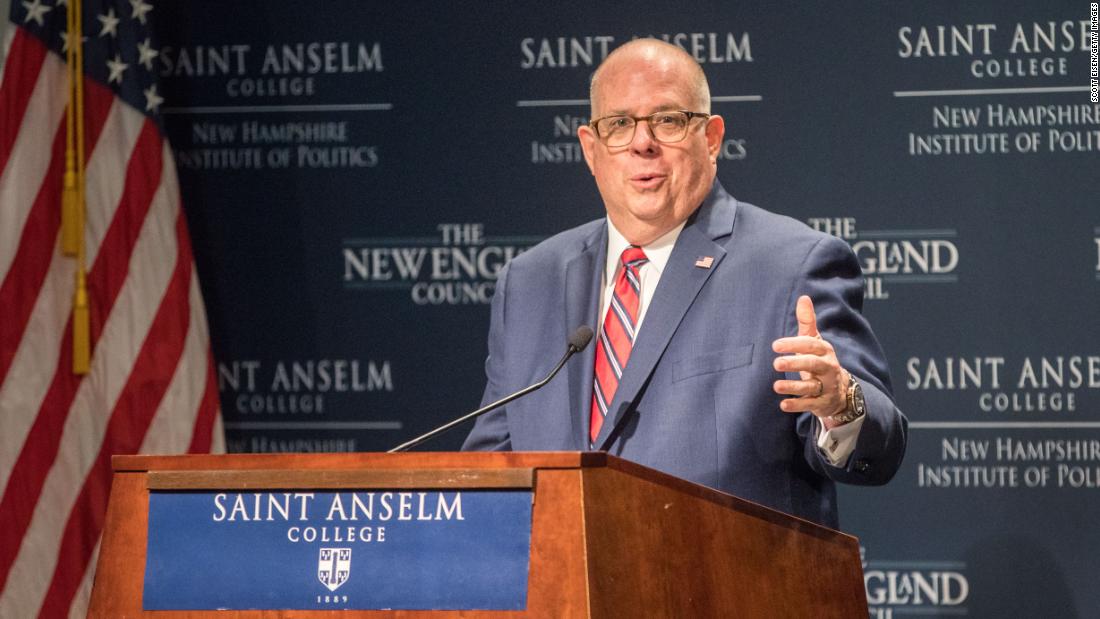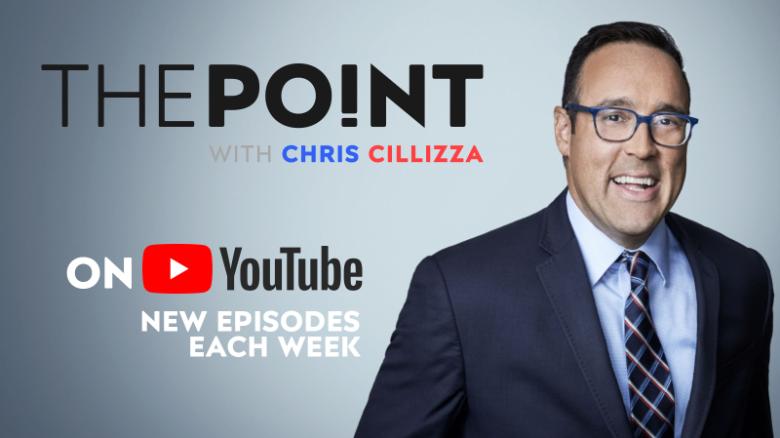Analysis: Something very important for our politics happened on Tuesday
The Republican governor announced that via executive order he had created an independent commission he will task with redrawing the state’s congressional and legislative lines following the decennial reapportionment later this year. Known as the Maryland Citizens Redistricting Commission, the nine-person group will include three Democrats, three Republicans and three independents.
This may seem to you, at first glance, to be a rather minor deal. Only the most ardent political junkies closely follow the re-shuffling and re-drawing of legislative and congressional districts that follow the decennial census. (Guilty, your honor!)
But simply because it’s utterly inside baseball doesn’t mean it isn’t important. In fact, like many things that the general public either knows nothing about or has a decided lack of interest in, how these lines are drawn and by whom has an outsized impact on the sort of government we have — and what the motivations of our elected officials are.
For decades, the line-drawing process has fallen, in most states, to state legislators and governors. What that has meant, in the main, is that when Democrats control the state capitol and, therefore, the line-drawing process, they create districts that are as favorable as possible for their side. Ditto Republicans — except that GOP gains at the state level, particularly in the 2010 midterm elections, gave them more line-drawing control over more states and, therefore, considerably more power.
The strategy of both sides has been simple: Pack as many of the opposition party’s voters into as few districts in the state as possible while spreading out their own voters to make as many districts winnable for their side as they can. Innovations in redistricting software have made this slicing and dicing of people based on their party registration or past voting history an art form — allowing the line-drawers to literally go street by street when it comes to crafting new districts.
This has, of course, had unintended consequences. Maps drawn over the past two decades — by Democrats and Republicans — in places like North Carolina, Texas and yes, Maryland — have come under legal scrutiny for using political considerations as the sole motivator in creating legislative and congressional districts. Maps in which one party overreached have, occasionally, led to unpredictable results in which the party in power loses seats they expected to win because they tried to divide up their own voters among too many districts.
But these exceptions notwithstanding, the dominant trend produced by partisan politicians drawing the congressional district lines is this: The vast majority of members of Congress, on both sides of the aisle, represent what we would call “safe” districts — meaning that their only chance of losing their job would be in a primary, not a general election.
The practical, political effect of this trend is simple: Members of Congress have little reason to demonstrate their ability to work across the partisan aisle and every reason to be as partisan and ideological as possible in hopes of staving off any sort of primary challenge.
Which leads to what we’ve seen on display in Washington over these last many years: Constant partisan bickering and brinksmanship over matters great and small; the constant threat of government shutdowns; and a government that can barely function as its founders designed it to do.
And yes, much of that gridlock — not all, but much — can be traced back to a political line-drawing process that rewards reflexive partisanship and punishes those who stray from absolute adherence to their party line.
Independent or bipartisan commissions to redraw the maps in states — as Hogan is trying to do in Maryland — work to reorient the incentive structure for members by creating districts that are far more competitive between the two parties in general elections.
But the step he is taking is still an important one. Until voters understand that the lines that govern who they can vote for are as important than the person who represents them, we are likely to be stuck in this same partisan morass in Washington.
![]()



